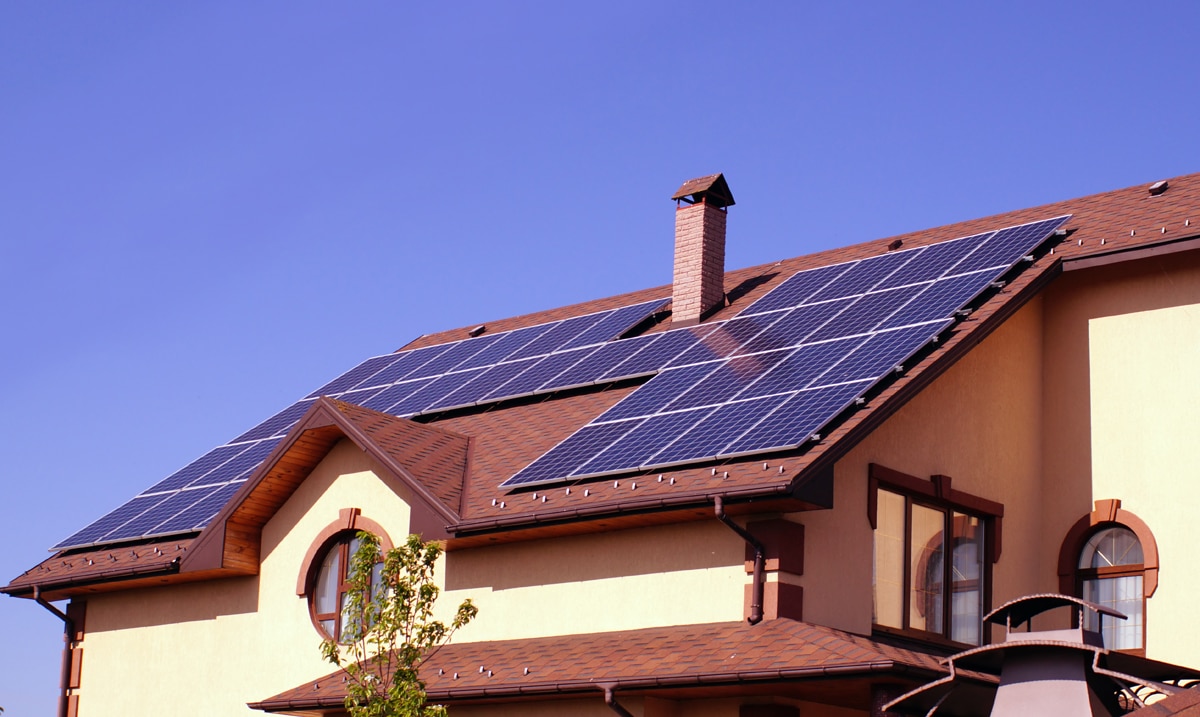Not too long ago, solar energy sounded like a Sci-Fi aficionado’s dream. When it finally became a reality, the installation costs remained a barrier to adoption for some time. Thankfully, more recent technological advancements in the solar industry have made solar power cheaper than ever, which explains the rapid uptake.
Energy Information Administration’s research reports that solar power now accounts for 4% of the electricity generation across the US–nearly 80 times what it was ten years ago.
Here’s how changes in solar technology have affected solar costs and savings.
Article at a Glance
· Breakthroughs in solar technology and manufacturing have made solar power more accessible.
· Government incentives have fast-tracked national adoption in the US and Europe.
· Future trends can help lower solar costs and savings even further.
The Power of Evolution: Solar Panels
Solar panels harvest the energy from the sunlight. As the mainstay of any solar energy system, the panel’s evolution in recent years has helped transform the solar energy sector as a whole.
More Efficient Energy Conversion
The original designs could only convert around 15% of the energy the panel received from the sun into electricity. Today, newer models have a much better energy conversion efficiency rate, with up to 25% of the sunlight they receive converted into electricity.
How has this single improvement affected solar costs and savings? First, more people are open to solar energy because they can generate more electricity than before. Secondly, higher solar panel efficiency means that homeowners and businesses need far fewer panels to generate the electricity they need, lowering the installation outlay.
Unsurprisingly, the result has been a significant boost to the solar energy economy.
A Reduction in Manufacturing Costs
Have the innovations in solar panel manufacturing reduced the cost of producing these panels? Yes. Manufacturers now have more advanced materials to work with and more cost-effective manufacturing techniques at their disposal.
Additionally, government incentives (subsidies and tax credits) have given manufacturers a larger target market. The increasing demand, coupled with the overall improvements in efficiency and the manufacturing process, means that producing solar panels and their related components is also more profitable.
Beyond Panels: Inverters and Energy Storage
Solar panels convert UV rays into electricity. However, the bulk of that electricity would go to waste without the inverters and energy storage solutions. These systems work hard in the background, ensuring that the energy is usable and always available to you.
Advancements in solar technology have also extended to the following components:
Smarter Inverters are the Future of Residential Solar Solutions
Modern solar energy inverters now feature algorithms that maximize energy production in solar panels. The panels can operate at peak efficiency for a lot longer. These inverters are also equipped to handle changes in electrical demand, making solar power systems surprisingly dependable for homes and businesses.
Empowering Energy Storage Solutions
Batteries store the excess energy your solar system generates during sunny periods. Recent innovations in battery technology have led to the rise of high-capacity, longer-lasting options, which have helped make solar systems more dependable in low-light conditions.
Impact on Costs and Savings
Technological advancements have significantly impacted solar costs and savings in different ways, such as:
Lower Initial Investments
Today’s market offers more affordable solar panels, much smarter inverters, and brilliant energy storage options. That means solar power installations are now more financially feasible.
Why not throw in a plethora of financing options and tax credits and rebates from federal and state governments across the country? It seems there’s no better time to get on the solar energy wagon for homeowners and businesses alike.
Long-Term Savings
The long-term savings associated with a solar energy installation harness the advancements in solar system technology and components that last longer. The panels generate more lifetime electricity and work for many more years after paying off the initial cost of installation. Maintenance costs are also lower.
Homeowners and businesses have stable, predictable electricity while their property value rises with potential buyers who appreciate off-grid, eco-friendly energy. What’s the result? A huge return on investment (ROI) on new installations and commercial or residential solar system upgrades
The Future of Cost-effective Solar Solutions
Has the industry only scratched the surface in terms of advancements in solar technology? The future of residential solar costs and savings looks promising.
Over the coming years, expect to see the following:
· More advanced materials
· Artificial intelligence integrations
· The rise of decentralized energy grids
All of this contributes to more savings overall for those willing to invest in solar energy.
Embrace the Solar Evolution: Commercial and Residential Solar System Upgrades
Could solar energy become more affordable and accessible by ushering in the low-carbon economy? Embrace the solar evolution; there are more solar costs and savings and cost-effective solar solutions on the horizon.
Call RxSun today at 800-607-9786 to schedule a consultation and discuss the future.
 800-607-9786
800-607-9786

 1-800-60-RXSUN
1-800-60-RXSUN